Advertisements
Advertisements
Question
The intensity of the electric field at a perpendicular distance of 0·5 m from an infinitely long line charge having linear charge density (λ) is 3-6 × 103 Vm-1. Find the value of λ.
Solution
λ =n E.2π∈0r where E =3.6 ×103 Vm-1, R= 5m
∴ λ = 3.6 × 103 ×05 ×2 ×3.14 × 8.85 ×10-12
= 3.6 × 103 ×3.14 ×8.85 ×10-12
= 100× 10-9
=10-7 Cm-1
∴ λ = 10-7 Cm-1
APPEARS IN
RELATED QUESTIONS
Why do the electrostatic field lines not form closed loops?
Why do the electric field lines never cross each other?
Which among the curves shown in the fig. cannot possibly represent electrostatic field lines?
(a)

(b)

(c)
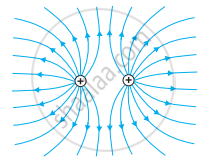
(d)
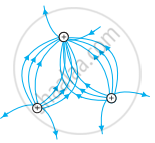
(e)
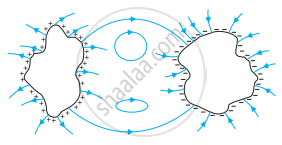
The figure shows the field lines on a positive charge. Is the work done by the field in moving a small positive charge from Q to P positive or negative? Give reason.
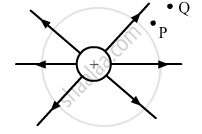
Answer the following question.
Draw the pattern of electric field lines when a point charge +q is kept near an uncharged conducting plate.
Explain why two field lines never cross each other at any point?
Which of the following figures represent the electric field lines due to a single negative charge?
Figure shows the electric field lines around three point charges A, B and C.
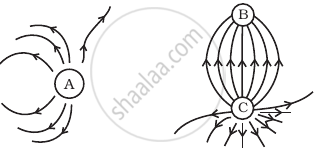
- Which charges are positive?
- Which charge has the largest magnitude? Why?
- In which region or regions of the picture could the electric field be zero? Justify your answer.
(i) near A, (ii) near B, (iii) near C, (iv) nowhere.
The magnitude of the electric field due to a point charge object at a distance of 4.0 m is 9 N/C. From the same charged object the electric field of magnitude, 16 N/C will be at a distance of ______.
